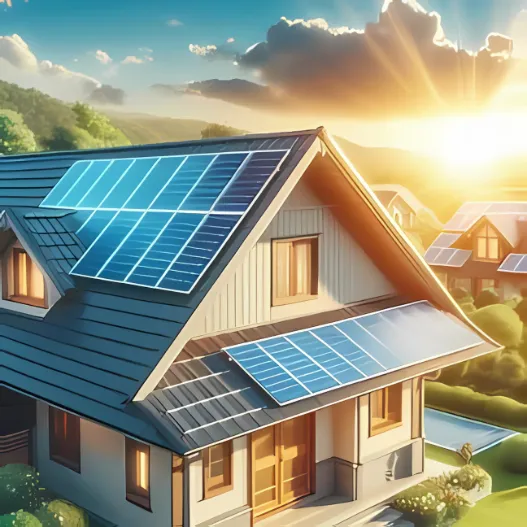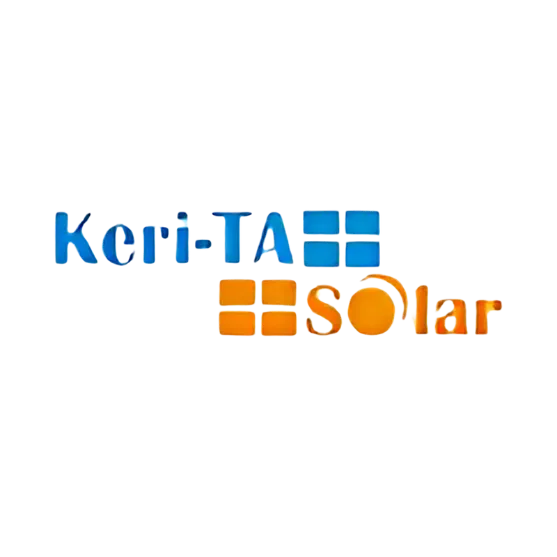Keri-TA Solar Ltd.
How Does a Solar System Work?

How Does a Solar System Work?
Solar energy is gaining popularity, but many people still don’t fully understand how it works. In this article, we explain in simple, easy-to-understand language how a solar system turns sunlight into electricity for your home.
It All Starts With the Sun
The process begins with the energy from the sun. When sunlight hits the solar panels, electricity generation starts—quietly and without any pollution.
Solar Panels Generate Electricity
The solar panels (also called photovoltaic panels) are made of silicon. When sunlight hits them, they produce direct current (DC) electricity. However, we can’t use this form of electricity directly in our homes yet.
The Inverter Is the Heart of the System
The inverter converts the direct current (DC) from the solar panels into alternating current (AC), which is what household appliances need to function.
Power for the Home
The converted electricity is fed directly into your home’s electrical system, and your appliances use this energy first. This reduces the amount of electricity you need to buy from the utility company—cutting down your monthly bills.
What Happens With Extra Energy?
If your system produces more energy than your home uses:
- It can be fed back into the grid (if your setup allows it), or
- It can be stored in a battery, if one is installed.
Either way, the energy doesn’t go to waste.
Want to Use Solar Energy in Your Home?
We offer full-service solar system design, installation, maintenance, and cleaning – with expert guidance every step of the way.
Get in touch with us today and take the first step toward clean, renewable energy!

Innovation
Fresh, Creative Solutions

Integrity
Honesty and Transparency

Excellence
Top-Quality Services

Follow us
Company
Customer Service
Legal Services
Copyright 2025. Keri-Ta Solar Kft.. All Rights Reserved.